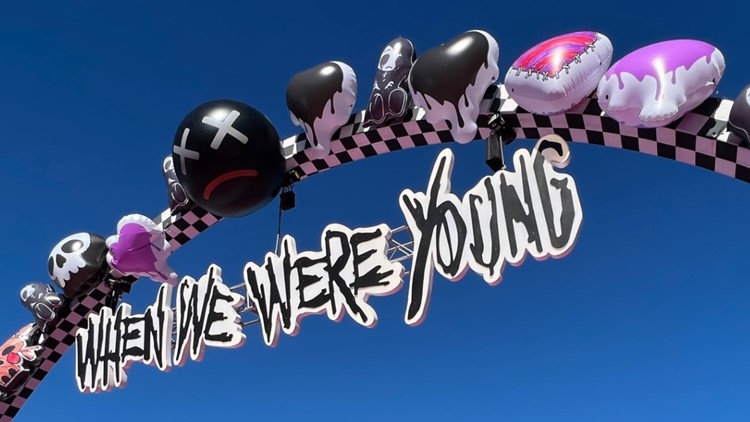Addictions can come in various forms, whether someone be addicted to drugs, alcohol, or in some high school students’ cases, energy drinks. Energy drinks have become a common sight around high schools, as they are offered in most high school’s vending machines.
Students from 9th grade all the way to 12th grade have been drinking caffeinated drinks for a long time as either a source of energy or just for simply the taste of them. With thousands of different flavors, brands, and varieties of drinks to choose from, it has become extremely accessible for students to purchase energy drinks.
“We go to school for eight hours a day, and we get tired. Some people wake up [early] because they have sports and morning practice, so we’ve got to get our energy levels up and [energy drinks] just taste good too,” Kailyn Harris (10) said.
Price also plays a key part in students favoring energy drinks. It is commonly known that one energy drink can, on average, be cheaper than a cup of coffee. According to Greenlight, the average price of a cup of coffee at a store is around $4.90 and according to Second Wave Michigan, the average price of an energy drink can is anywhere between $1.40 to $4.00.
Despite the price of an energy drink being lower than that of a cup of coffee, if a person is addicted to drinking energy drinks at a young age, they will be spending money to go towards feeding their addiction and buying energy drinks.
Most of the students who drink energy drinks say that they drink them as a resource for feeling energized throughout the day. However, drinking these heavily caffeinated drinks can often make students feel dependent on them to do everyday things.
“I needed them because I physically could not wake up myself,” Ashley Moran (10) said.
The average energy drink contains around “80–150 mg of caffeine per 8 ounces, which is equivalent to 5 ounces of coffee or two 12-ounce cans of caffeinated soda,” according to the National Institute of Health. Becoming dependent on these heavily caffeinated beverages such as energy drinks at such a young age can have negative effects on students.
“Feeling like you can’t function without an energy drink can be very problematic, because then that could lead to other addictive behaviors, and that’s something that you definitely want to avoid when you’re going through adolescence and even adulthood,” AP Language and English 10 teacher Mrs. Mariana Jolly said.
Drinking one energy drink every now and then should not be harmful in the most part but some students, especially students from grades 9-12, drink up to three caffeinated drinks a day, which can be dangerous. According to ClearFork Academy, there are “5,000 overdoses from caffeine per year and half of those were people under the age of 19.”
Energy drinks have various of negative consequences and effects on people of young ages that can end up harming them or damaging their body as they grow older.
“My doctor told me that [energy drinks were] making my blood pressure way too high and that I have to stop drinking them altogether,” Ashely Moran (10) said.
Students sometimes ignore the risks and warnings that they receive from others about the dangers of energy drinks as they believe that the negative effects could never happen to them. Unfortunately, this is not the case.
Adults and teachers, like Jolly, advise students to lower their energy drink intake in order for them to lower their risk levels for now and for their future.
“I would hope that students would make a healthier choice, maybe drink water and get enough sleep that night before instead of relying on the energy drink,” Jolly said.
There is no denying that energy drinks are becoming more and more popular with students in high schools everywhere and their popularity doesn’t seem to be ending any time soon. If anyone chooses to drink energy drinks, they should consume them in moderation and be mindful of the consequences and negative effects that they could have.


![Drinks such as the ICE energy drinks are easily accessible to students and can be seen all over campus. "I don't really drink [energy drinks] in general, but if I do it's those little ICE energy drinks from the school vending machine," Kailyn Harris (10) said.](https://ayalabulldogtimes.org/wp-content/uploads/2024/10/IMG_9716-e1727983050474.jpeg)





